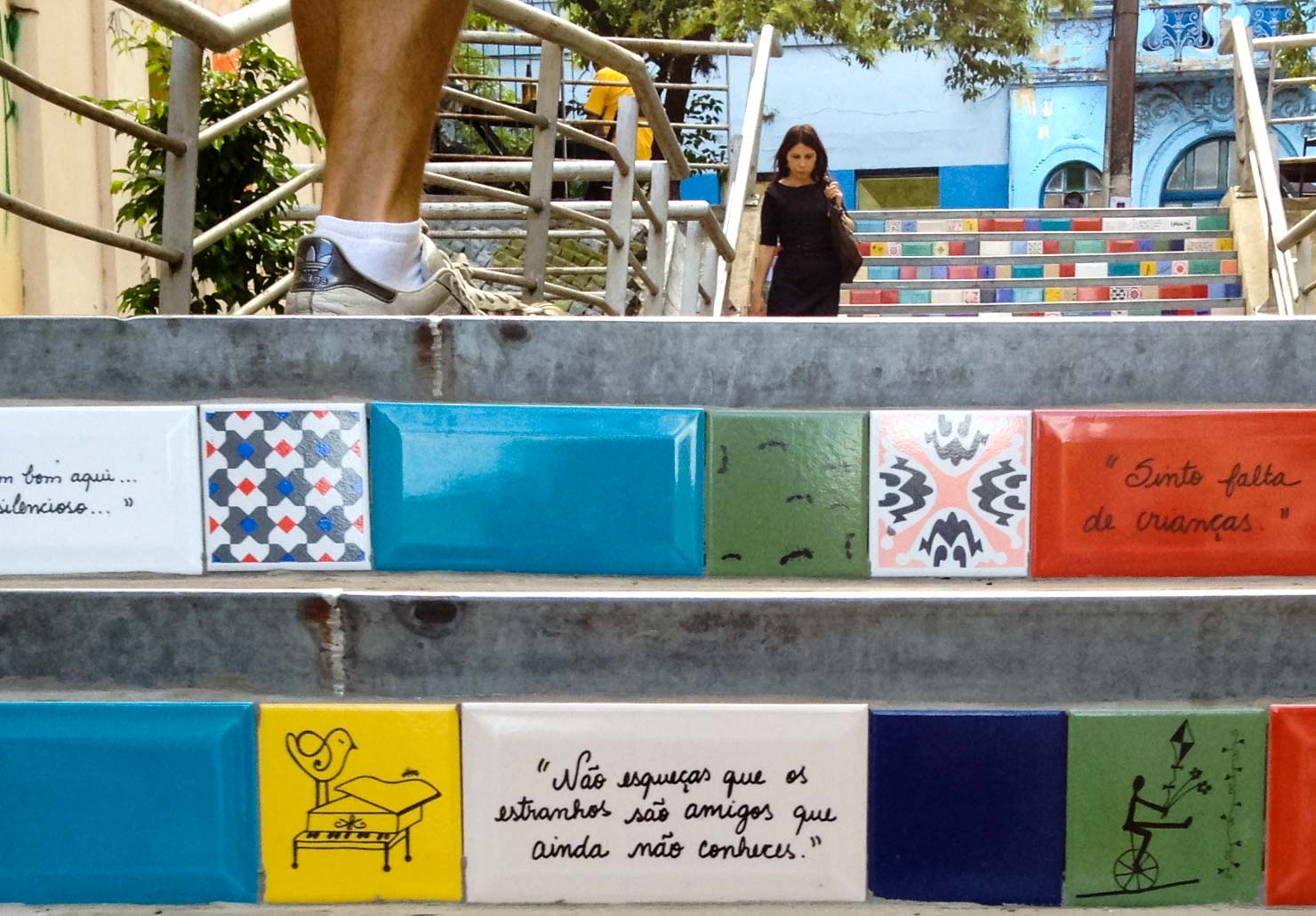Hello there, welcome to another issue of Morning Coffee.
Today I want to talk to you about one of my favorite means of transportation: trains.
Issue #39: The 9:50pm night train to Lisbon
The allure of long-distance travel is something I appreciate well, but no other form of transportation captures my imagination like trains.
Like most things in life, my love of trains probably comes from every book I’ve read, and every movie I’ve seen. Many of my favorite scenes in fiction happen on trains. Heck, some of my favorite books occur almost entirely on trains.
In my mind, a train is not just a way to get from point A to point B, but a place for the unexpected to happen. It’s a vehicle — quite literally — for strangers to meet, an excuse to share a few hours of honesty in the middle of everything else. A truce with the real world.
It seems that on some trains, the only baggage people carry is packed away in their suitcases, and once the cars start moving, everybody gets a clean slate. By some sort of alchemy, things that elsewhere would defy reason suddenly become possible. Likely, even. Every day, people who normally wouldn’t give each other the time of day become best friends in the dining car of some night train, as drinks are dispatched and borders left behind.
Europe is a continent that begs to be explored by train, particularly in the summer. Go to sleep in Budapest and wake up in Berlin. Spend a Sunday in Madrid’s La Latina, then sleep your way to Paris for some croissants and café au lait in the morning. Leave Paris at night and wake up in Venice, then continue on to Istanbul. The geography of the old continent lends itself beautifully to such crazy itineraries, but it’s the trains — and the people on them — that make the experience fun.
If you’ve ever watched Before Sunrise, you probably know what I mean. Who hasn’t dreamed of meeting an interesting person on a train? Especially if that person looks like Julie Delpy.

Yep.
Another one of my favorite train scenes in fiction occurs in The Club Dumas, a novel by Spanish writer Arturo Pérez-Reverte. It’s a mystery novel full of adventure, intrigue and really wonderful characters, and probably the book I’ve read most times in my life. We all have a book we enjoy revisiting every now and then. A guilty pleasure, of sorts. The Club Dumas is mine.
In that scene, Lucas Corso, the book’s main character, is on the night train from Madrid to Lisbon, when he “accidentally” runs into Irene Adler, the young female character who remains elusive and mysterious — is she friend or foe, we wonder — for the entire book. The exchange that ensues between them, however brief, perfectly encapsulates what I love about trains. It’s so deliciously meta — they talk about their own love of trains, after all — that it somehow ends up working incredibly well.
Best of all, the Madrid-Lisbon night train is an actual, real-life train you could hop on today if you felt so inclined. But why would you? Planes are, after all, faster and yes, cheaper, so why would anyone want to spend more money and time to get somewhere?
Well, you know how they say the important part is to enjoy the journey, not the destination? On a train you get to do just that. It’s traveling at a different speed, both physically and mentally. It gives you time to think, and to assimilate the travel experience, to really take it all in.
Whenever I travel by plane, I dread the entire experience, and I can’t wait for it to be over. It’s not that I dislike planes per se, but the way air travel is designed and arranged. It’s a hassle. All the airport security checks, the nonsensical baggage rules, the insane regulations. It may seem faster on paper, but when you account for all the time you waste in the airport both before and after the actual flying part, you end up saving very little time, if any, especially on shorter trips.
By comparison, everything is more relaxed on a train. For starters, train stations are often in the cities themselves, not a few miles away. You can even walk there sometimes, depending on where you’re staying. Also, you can get to the station 15 minutes before your train leaves and still know you have plenty of time to make it. No one will bother asking what size your suitcase is, or how much it weighs. And speaking of baggage, there’s virtually no chance for it to get lost along the way. If you’ve ever had a bag lost by the airline, you know what I mean.
But the best part comes when the train starts moving. None of that “seat in the upright position” crap. You can do as you please for the duration of the trip: cell phones, tablets, laptops, you name it. It’s all cool. You can also walk, and even talk to people. Imagine that. If you get bored, just take a stroll to the dining car, or the bar, and start talking to someone. Anyone. Unlike on planes, I find people actually love talking to strangers on trains, particularly after the first drink. It’s like an unwritten rule; that special alchemy I alluded to earlier, working its magic.
Some of the most interesting conversations in my life I’ve had on trains. I remember talking to a young man who had just enlisted in the army and was heading in for the first time. He was scared, but also emboldened by a sense of duty I found admirable. I also remember meeting a girl on a 3-hour train trip, and exchanging mailing addresses. I assumed that would be that, but much to my surprise, I arrived home one day, weeks later, to find an actual, hand-written letter from her in my mailbox.
These things you would only expect to see in movies, or in cheesy romance novels. And yet, they do happen out there in the real world too, apparently. Trains have a way of getting people to connect like that.
In Porto Alegre, Brazil, there’s a beautiful stairway filled with colorful tiles with hand-written messages on them. One of them reads “Não esqueças que os estranhos são amigos que ainda não conheces”. It means “Don’t forget that strangers are just friends you haven’t met yet”.

Next time you find yourself on a train bound to some exotic location, don’t just stay in your seat. Go to the dining car, or the bar, and pay attention to the people around you. It won’t be long before you see a complicit smile, or an inviting gesture. That’s the moment when the magic happens, and all you got to do is smile back.
Enjoy the ride.
Now, let’s take a look at some of the week’s most interesting pieces.
♢
Top Five: The rules of the Internet, the voyeur’s motel, bad art, a week in New York City, and Acros vs fish
I really like this week’s selection of pieces. I’m doing away with the individual commentary this time, though, so just click on the links and enjoy.
The secret rules of the Internet | Catherine Buni & Soraya Chemaly →
The voyeur’s motel | Gay Talese →
For the love of bad art | Katharine Schwab →
A week in New York City and the iPad Pro 9.7 | Mike Bates →
Photo essay: Acros underwater | Marius Masalar →
♤
Afterword
I’m still riding the tail end of a monstrous cold that’s had me on the ropes for over a week now, but I’m glad to report than I’m feeling much better already. It’s been rough, but all that’s left of it now is an irksome cough that I hope will fade away as quickly as possible.
I’m starting to feel more energized, too, so you can expect more activity around here over the coming days and weeks, too.
Until then, thank you for reading, and have a wonderful Sunday.
